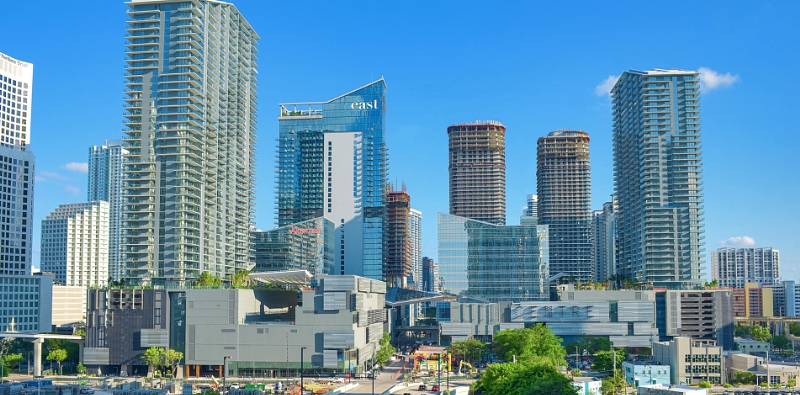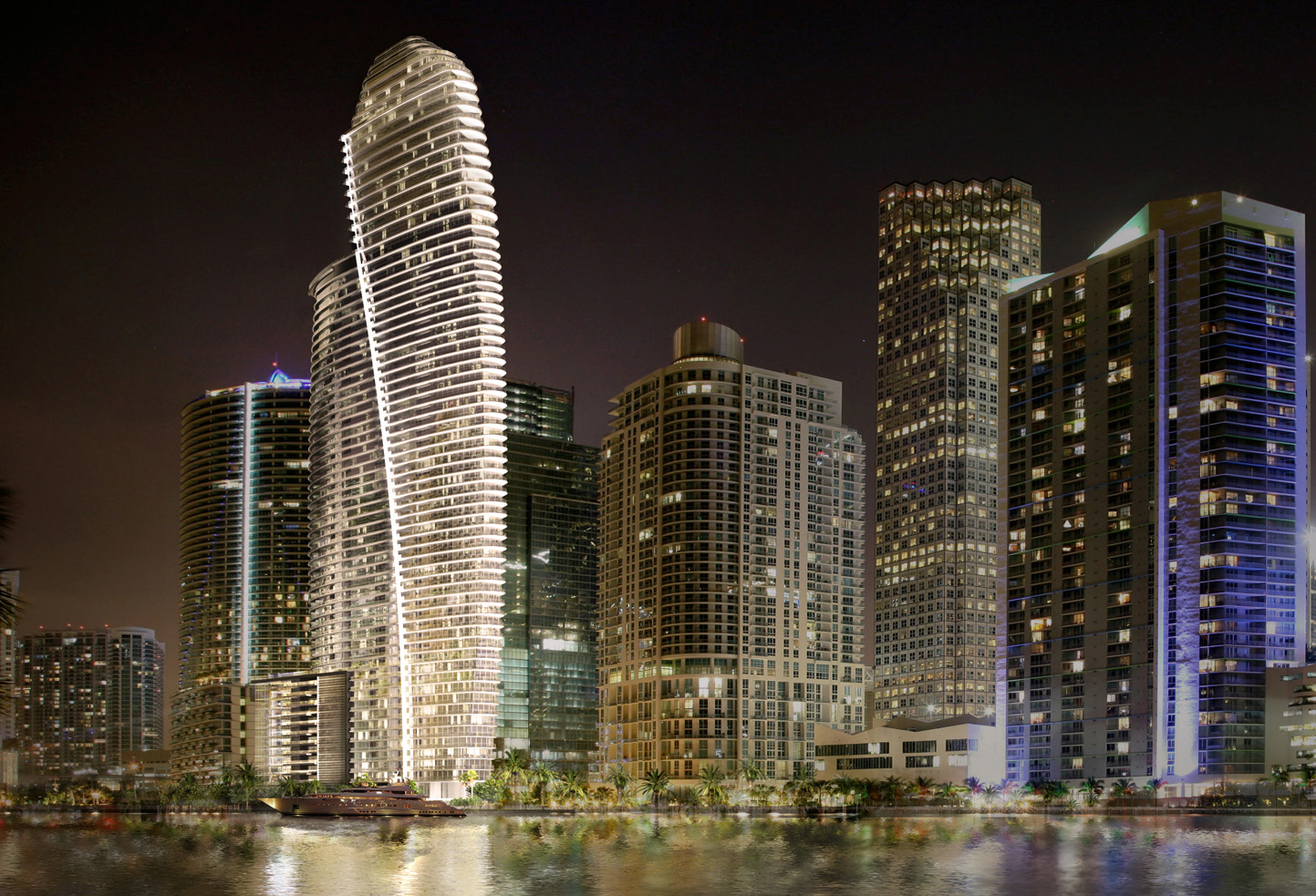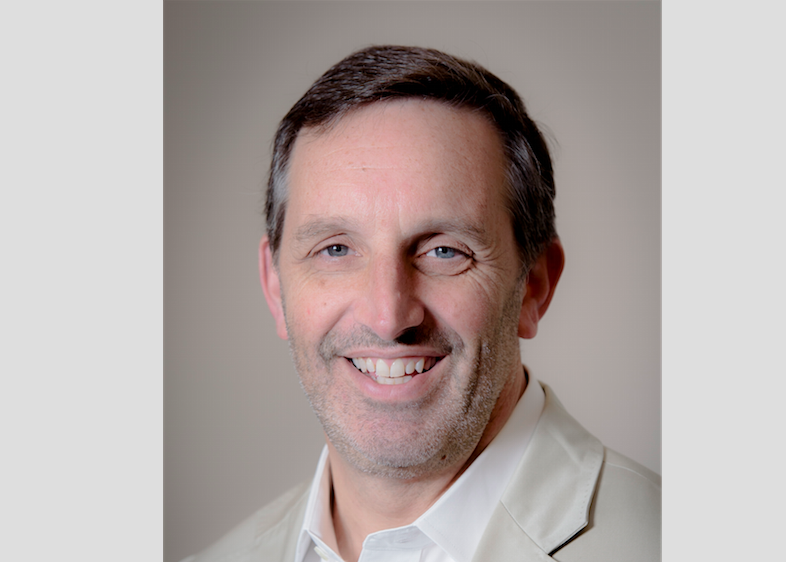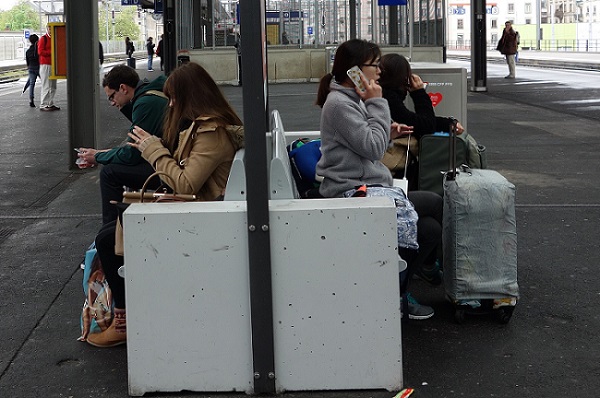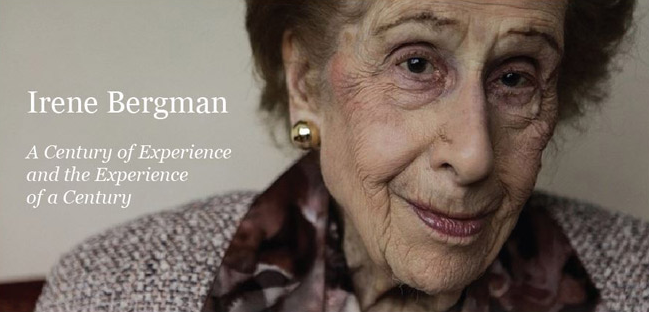Fear over Trump Pushes Wealthy Americans to Look for Alternative Citizenships
| For Gabriela Huerta | 0 Comentarios
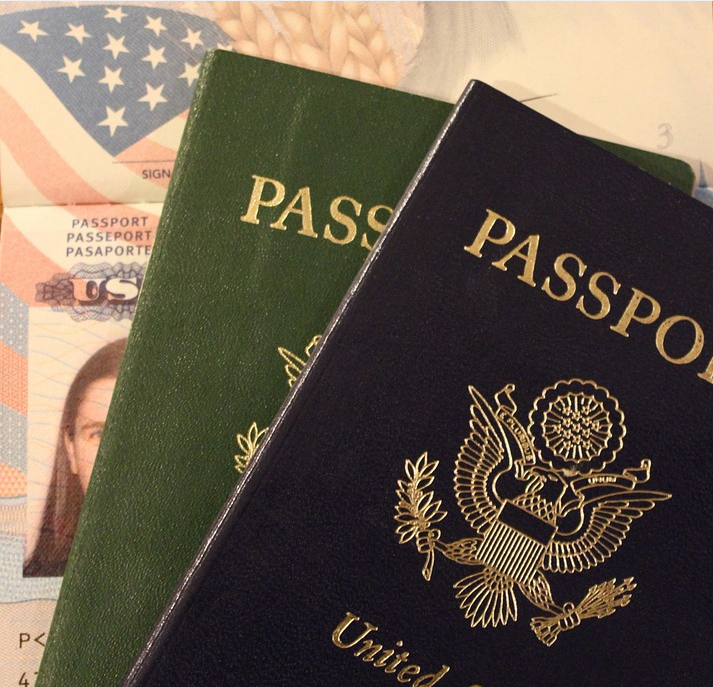
In the hours since Donald Trump was confirmed as the next President of the United States, there has been a sharp increase in the number of Americans enquiring about alternative residence and citizenship programs. Recent unsettling world events such as the attempted Turkish coup, French terror attacks, Brexit and now the Trump presidency are having a significant impact on the interest by wealthy individuals and families in alternative residence and citizenship.
Such spikes happen when citizens become uncertain about the future of their country. They seek safer options for their families. As the possibility increased that Trump would win the election this morning, the Canadian Immigration website crashed due to an overload of visitors.
Speaking from the 10th Global Residence and Citizenship Conference in London, Eric Major, Chief Executive Officer of the global citizenship advisory firm Henley & Partners, says they saw a similar spike in interest amongst Americans looking for alternative citizenships and residences when George W. Bush was running for re-election in 2004. “We are seeing a comparable trend emerging now amongst wealthy Americans who wonder what the next four years will hold. There has been a significant increase in enquiries to the Henley & Partners website since the news broke.”
In contrast to 12 years ago though, there are now many more residence and citizenship–by–investment programs available to choose from worldwide. More and more governments are embracing these programs as a means to stimulate economic development and growth, and there is a growing number of wealthy and talented individuals looking to diversify their citizenship portfolios to give themselves and their families greater international opportunity, freedom and security. “Governments are recognizing the significant benefits of attracting global citizens who can make an exceptional contribution to their own economic development and advancement. Besides the substantial initial investment, these individuals bring proven business success, world-class skills and international experience, valuable networks and contacts that can benefit the country and its citizens enormously,” explains Major.
Over the past 20 years, Henley & Partners has played a pivotal role in assisting governments with the design and implementation of some of the world’s most successful citizenship-by-investment programs, raising more than USD 6 billion in foreign direct investment. Malta’s Individual Investor Programme was recently ranked as the top citizenship-by-investment program in the Global Citizenship Program Index 2016. The index considers a broad range of factors such as immigration law, tax, and quality of living, as well as transparency, risk and compliance issues.
“Americans now have the world to choose from when it comes to acquiring an alternative residence or citizenship. Both the relatively new Malta and Cyprus citizenship programs give successful applicants the right to live and work in 32 European countries including the 28 EU member states, Switzerland, Norway, Iceland, and Luxembourg. The investment amount is reasonable given the privileges granted, and the application process is quite efficient. There are also numerous prestige residence programs in Europe including the UK, Switzerland, Belgium and Austria, and the Investment Migration Program in Canada remains popular amongst Americans,” concludes Major.

